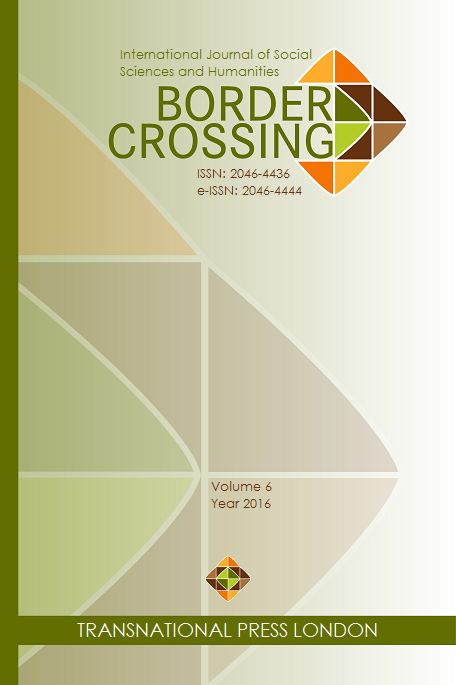Level and Gender Differentials in Inter-state Out-Migration in India
Level and Gender Differentials in Inter-state Out-Migration in India
Author(s): Imtiyaz Ali, Abdul Jaleel CPSubject(s): Gender Studies, Labor relations, Migration Studies, Socio-Economic Research
Published by: Transnational Press London
Keywords: Employment; gender; internal out-migration; National Sample Survey; India;
Summary/Abstract: By using unit level data on migration from nationally representative National Sample Survey Organisation (NSSO) for two points of time (1993 and 2007-08), this paper looks at the change in the level of employment related inter-state out migration in India. This paper brings out: the change occurred in the rate of inter-state out-migration between 1993 and 2007-08, the proportion of economically engaged women within the category of women who migrated due to marriage out of their state, the volume of employment related inter-state out migration of women, and finally, the propensity of Indian people for employment related inter-state out migration by their social, economic and geographical attributes. This paper finds a two times increase in inter-state out-migration in India during last one and a half decades. The increase is found even higher in many states/union territories and when we confine the analysis only to the working-age population. The gender gap has been glaring. Compared to 35 males per 1000 working age male population out-migrating across the border of their state of domicile for employment there is only 10 per 1000 working age females. Further female migration in India is predominantly occurs within the state. Out of the total women inter-state out-migrants, 4 percent reported to have migrated exclusively for employment, while more than 80 per cent reported marriage as a reason of migration. In India, economic activity of women is under reported. Keeping this in view, we have tried to adjust the reason of migration for women. This study shows that the adjusted employment related reason of migration for inter-state women rises to 18 per cent at the all India level. The logistic regression analysis further shows that these women who reported marriage a reason of migration but actually part of the workforce belong to lower socio-economic households.
Journal: Border Crossing
- Issue Year: 7/2017
- Issue No: 1
- Page Range: 13-34
- Page Count: 22
- Language: English

